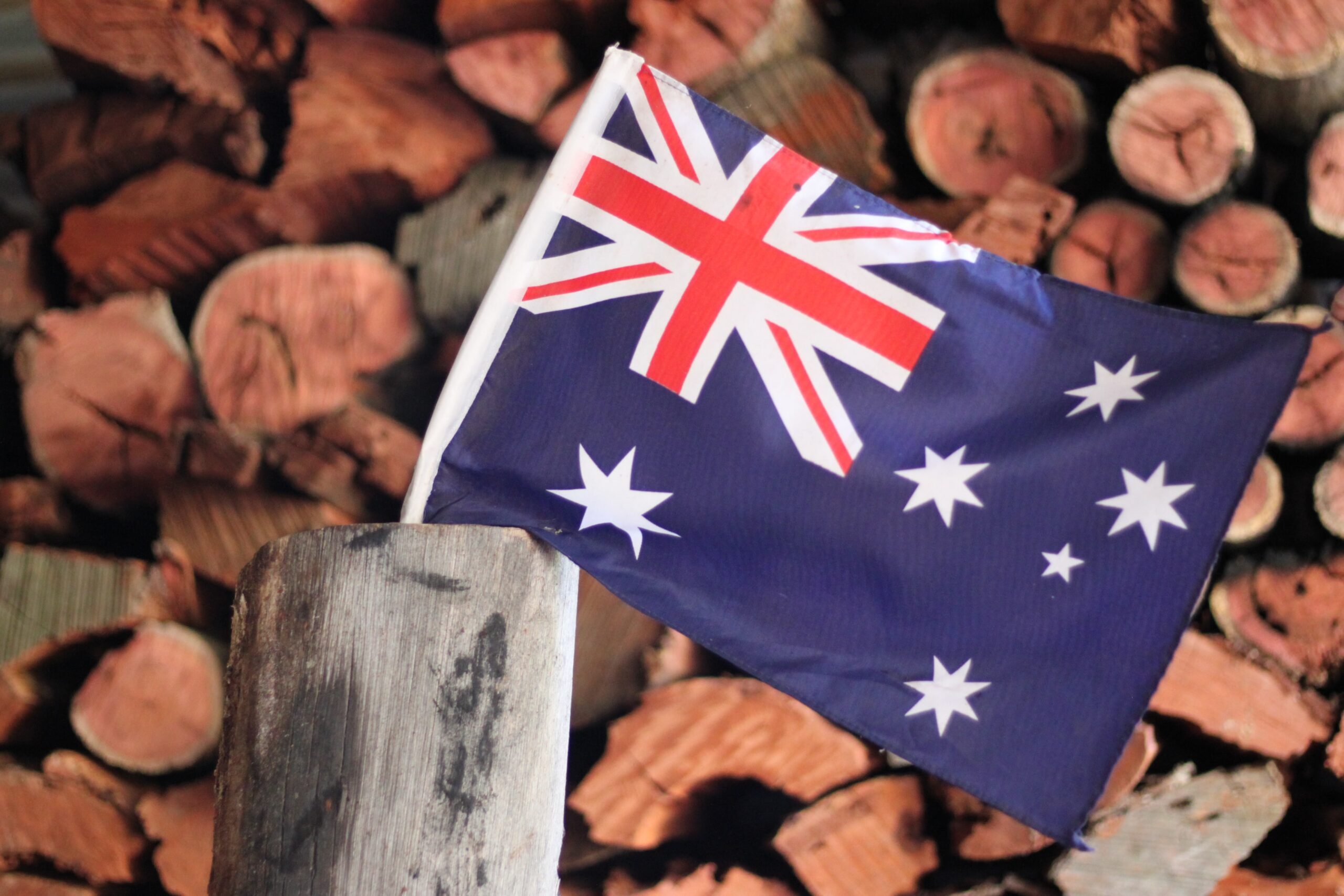COSMETICS VS THERAPEUTIC GOODS
In Australia, beauty products are classified in two categories according to their use: cosmetics and therapeutic goods. The distinction between these two categories is not always clear and it can be made by a combination of factors: primary use or purpose of the product; the ingredients present and their effects on the body; how the product is applied and how the product is promoted, represented, presented or labelled.
Australia’s Government defines cosmetic as a “substance that is designed to be used on any external part of the human body – or inside the mouth – to change its odours, change its appearance, cleanse it, keep it in good condition, perfume it or protect it”.
Therapeutic good are “products that prevent, diagnose or treat diseases, or that affect the structure or functions of the human body”. The Therapeutic Goods Administration (TGA) is responsible for the management of the therapeutic goods. TGA only assesses cosmetic products that make therapeutic claims.
The National Industrial Chemicals Notification and Assessment Scheme (NICNAS) was the former entity responsible for controlling cosmetics and soaps. Since 1st July 2020, NICNAS was replaced by a new scheme known as Australian Industrial Chemicals Introduction Scheme (AICIS). The product safety and cosmetic labelling standards are regulated by the Australian Competition and Consumer Commission (ACCC). All cosmetic products must be labelled in accordance with the mandatory standard for labelling cosmetic products (Trade Practices (Consumer Product Information Standards) (Cosmetics) Regulation 1991).
COSMETICS REGULATION
AICIS does not regulate therapeutic goods and it does not ban ingredients in products. AICIS may restrict the concentrations which companies can use and establish other conditions that companies need to follow. AICIS restricts the importation and manufacture of industrial chemicals by including conditions of use or secondary notification conditions on the chemicals it assesses. However, AICIS is not responsible for the following uses of chemicals.
If a chemical is not for a therapeutic, agricultural, veterinary or food use, it is considered an industrial chemical. Nearly all cosmetic ingredients are regulated as industrial chemicals under the Industrial Chemicals Act 2019 (IC Act 2019 – new regulatory scheme), which is administered by AICIS.
Manufacturers and importers of cosmetics or cosmetic ingredients must be registered with AICIS and all of the ingredients contained in a cosmetic must be listed on the Australian Inventory of Industrial Chemicals (AIIC) or notified to AICIS for pre-market assessment (unless an exemption applies). If an ingredient is not listed on the Inventory (AIIC) and notified to AICIS, it will be subject to public health, work health and safety (WHS), and environmental risk assessment.
The AIIC lists more than 40 000 industrial chemicals that can be manufactured or imported into Australia and contains chemical identity information and regulatory obligations regarding that chemical.
Importers and manufacturers introducing industrial chemicals for commercial purposes in this country must register their business and pay a fee (if not already registered with the former scheme – NICNAS) and categorize each chemical importation or manufacture into 1 of 5 categories. Importers and manufacturers have also the responsibility to submit declarations and reports, to keep records and provide information to AICIS when asked.
Until 31st August 2022, there are categories of chemicals that are exempt from notification (according to former NICNAS exemptions). After this date, the company will need to categorize its introductions to ensure they comply with AICIS. The exemption categories are as follows:
- Research and development (less than 100 kg);
- Cosmetic use not exceeding 100 kg:
- Must pose no unreasonable risk to human health and the environment.
- Non-cosmetic use not exceeding 100 kg:
- Must pose no unreasonable risk to human health and the environment
- Cosmetic use at a concentration of less than 1%:
- Must be non-hazardous.
Additionally, there is no need for notification if all ingredients (imported or manufactured) included in the product meet the definition of a “naturally-occurring chemical”. To legally meet this category, a “naturally-occurring chemical” must be one of the following:
- an unprocessed chemical that is found in nature (such as chemicals from plants, micro-organisms, animals, the earth and the sea);
- a chemical that is found in nature and extracted using a process that does not change its chemical composition.
References:
- Australian Government, Department of Health – Australian Industrial Chemicals Introduction Scheme (AICIS) – Overview of AICIS. Available at: https://www.industrialchemicals.gov.au/business/overview-aicis
- Australian Government – Industrial Chemicals (Notification and Assessment) Act 1989 (ICNA Act)
- Australian Government – Industrial Chemicals Act 2019
- Australian Industrial Chemicals Introduction Scheme (AICIS) – Industrial Chemicals Categorisation Guidelines – Final Draft, 2019















